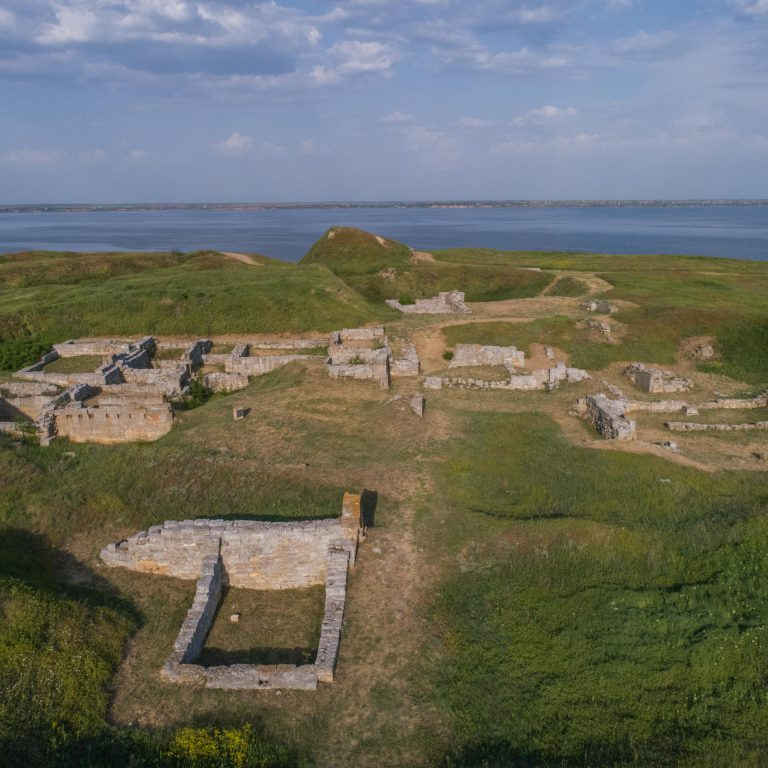For centuries, archaeologists and historians from all over Europe have excavated the remains of the ancient city-state Olbia that is located on the Black Sea coastal area, near the village Parutyne. Because of problems with infrastructure and transportation, this area remained unvisited by tourists for a long time. Olbia became of great importance after the annexation of Crimea because of its growing popularity as the biggest ancient site that can be visited.
The national historic and archaeological reserve Olbia was founded in 1926. It consists of two parts: the city Olbia, with its necropolis, and Berezan Island, which is located opposite to the Black Sea spit. Mykolaiv, the nearest big city, is 40 kilometres away.
On the territory of the reserve, there is a museum with nearly 96,000 archaeological finds and a lapidarium, or a museum of stone, with architectural elements, tombstones, tools, sculptures, stone epigraphs, and decrees. Olbia has its own science institute and library. An open-air exposition of ancient architectural remains is the main part of the museum. There are about 15 sites, and it can take years to excavate one site.
The main goal of the reserve is to protect and maintain the architectural monuments and artifacts of ancient Olbia, sometimes by repairing works in order to reproduce the missing items, particularly masonry.
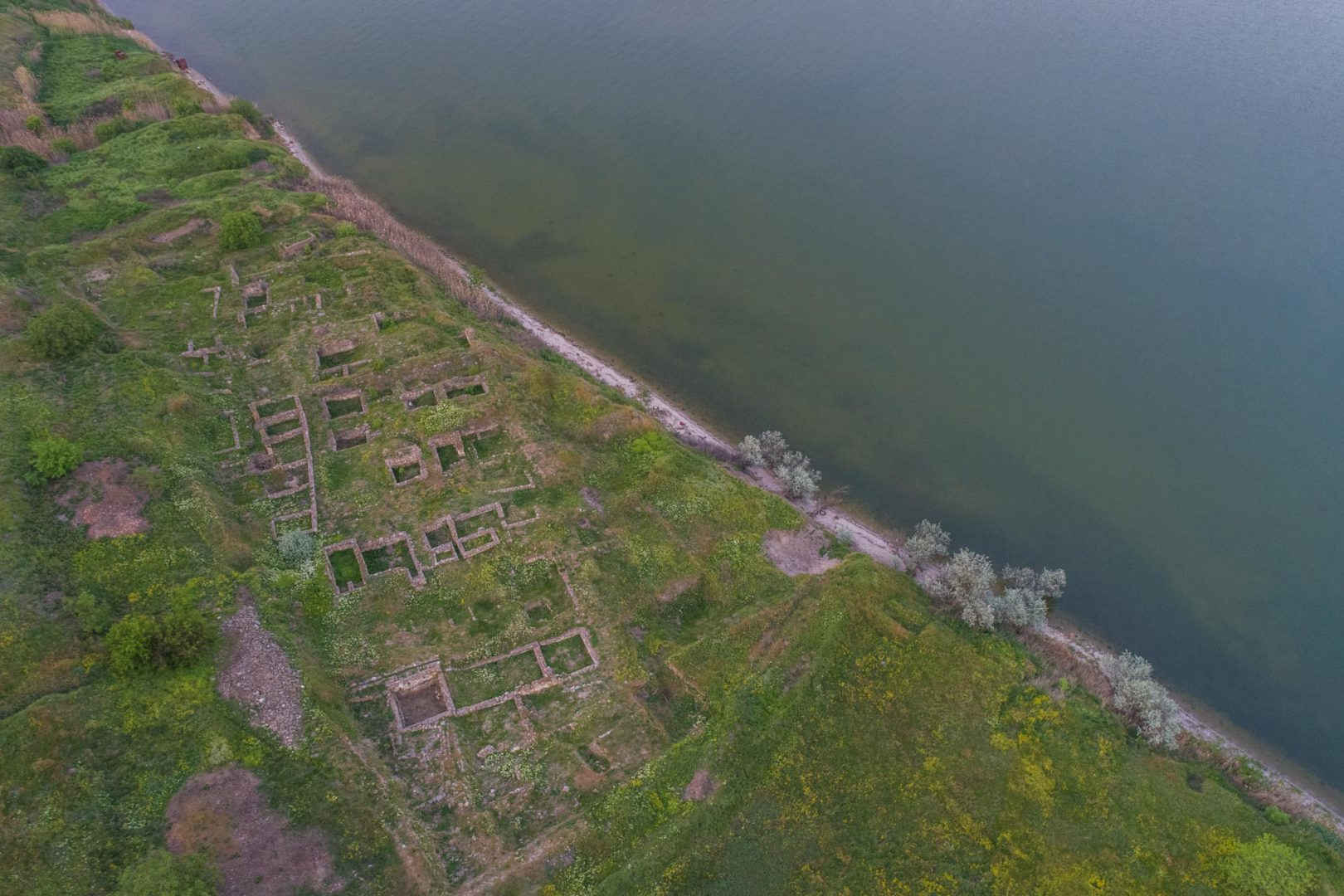
The hillfort near the Bug estuary wasn’t recognized as an archaeological site until the end of the 18th century, when German ethnographer Peter Simon Pallas and Russian writer Pavlo Sumarkovyi proved that this was the site of ancient Olbia.
The first map of Olbia was made in the middle of the 19th century. At the same time, the first archaeological expedition started, though regular expeditions were launched in the 20th century. Many ex-prisoners settled near here during Soviet times and made their own excavations to sell items at a low price.
Official excavations resumed in the 1970s. Since 2016, not only Ukrainian archaeologists but also Polish and German ones, who are supported by the Institute of Archaeology, have been working in Olbia.
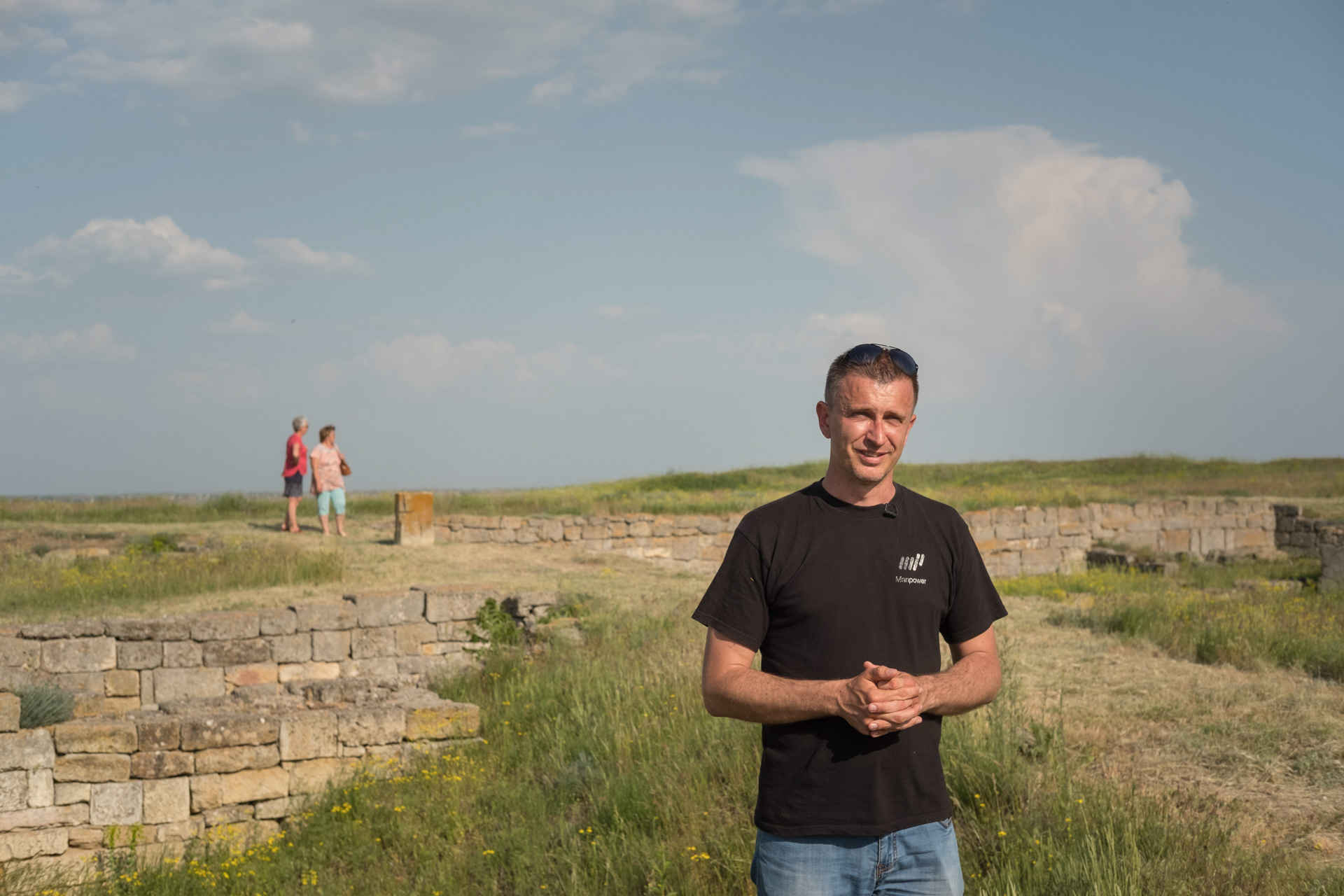
Serhiy Shein, the director of the reserve, is a local resident. He began his career at the reserve as an engineer. Being a historian by profession, he admires his job and takes part in every part of it. Serhiy adds that he had spent all his childhood in this area and knows it perfectly. This place is his favorite and is a lovely one.
— It’s really great when you were born, grew up, and live in the same place. Now I can add something from myself to make this area a better one, to improve it, — Serhiy says. He also says he feels lucky to have walked where Herodotus, the ancient Greek historian, once passed.
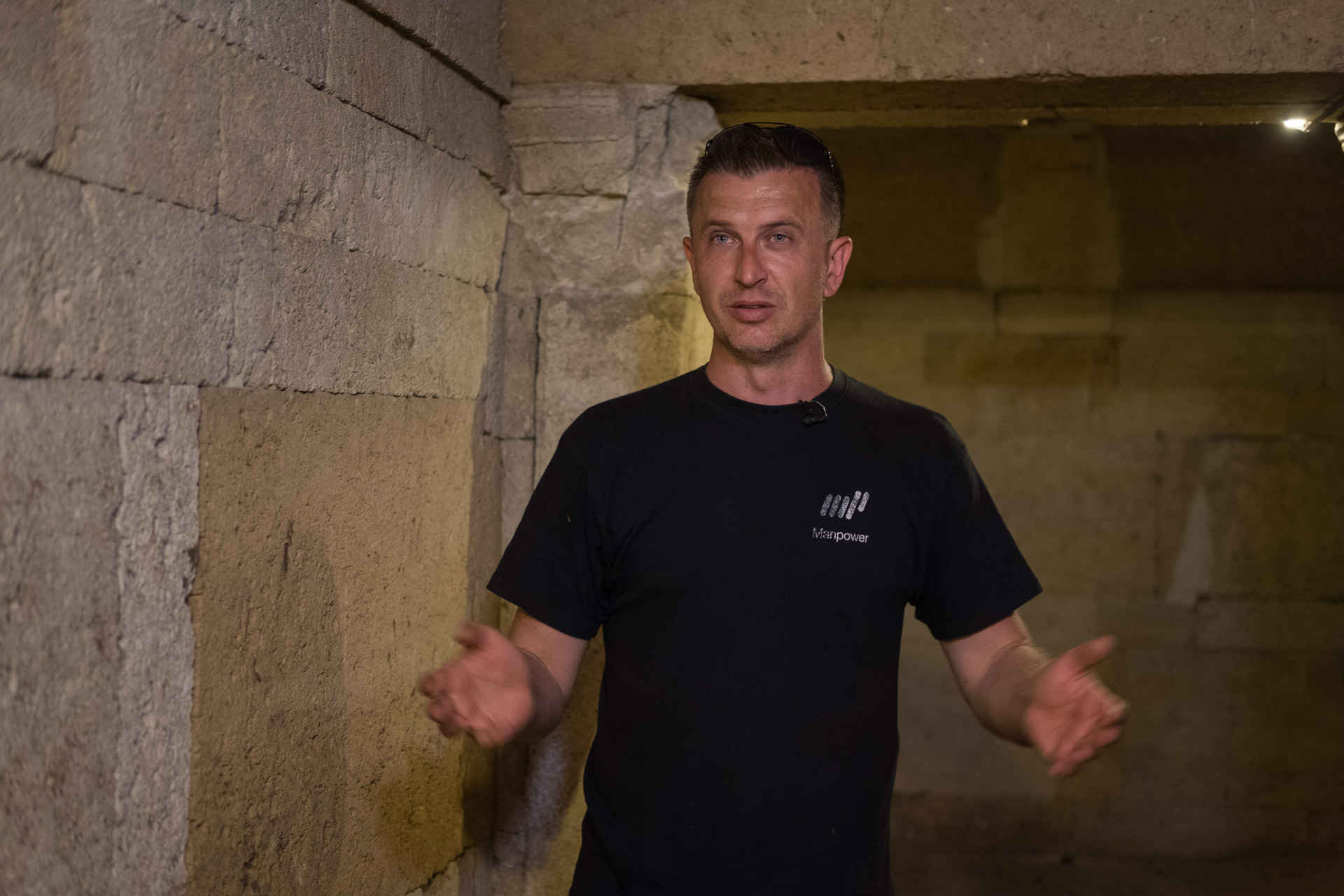
Hunting is forbidden in Olbia so there are many animals such as foxes, rabbits, and even wolves.
The annual expeditions generally begin at the end of June. The archaeologists live in special buildings, whereas the students live in a tent camp in the southern part of the settlement.
Щорічна археологічна експедиція розпочинається тут наприкінці червня — на початку липня. У спеціально зведених будиночках живуть керівники експедицій. Студенти ж, що приїздять на розкопки як на практику, живуть у наметовому містечку в Заячій балці, в південній частині городища.
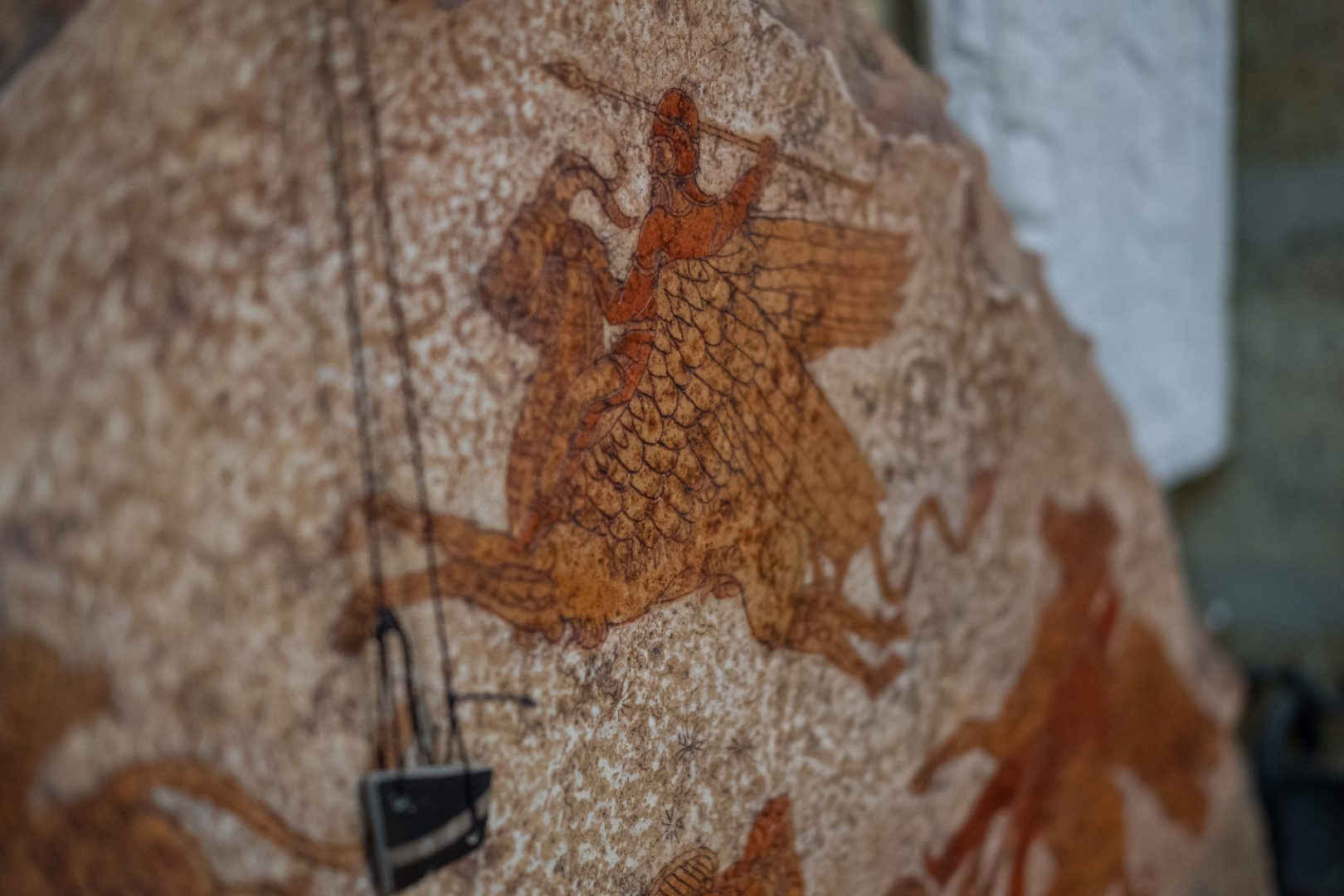
History of Olbia
Serhiy Shein is aware of Olbia’s uniqueness.
— There were no settled populations on the territory of Olbia, both before and after the Greeks. It seems that this city had been prepared only for the ancient colonies — no one touched it until the sixth century BC, and there was nearly no settled population after the fourth century AD.
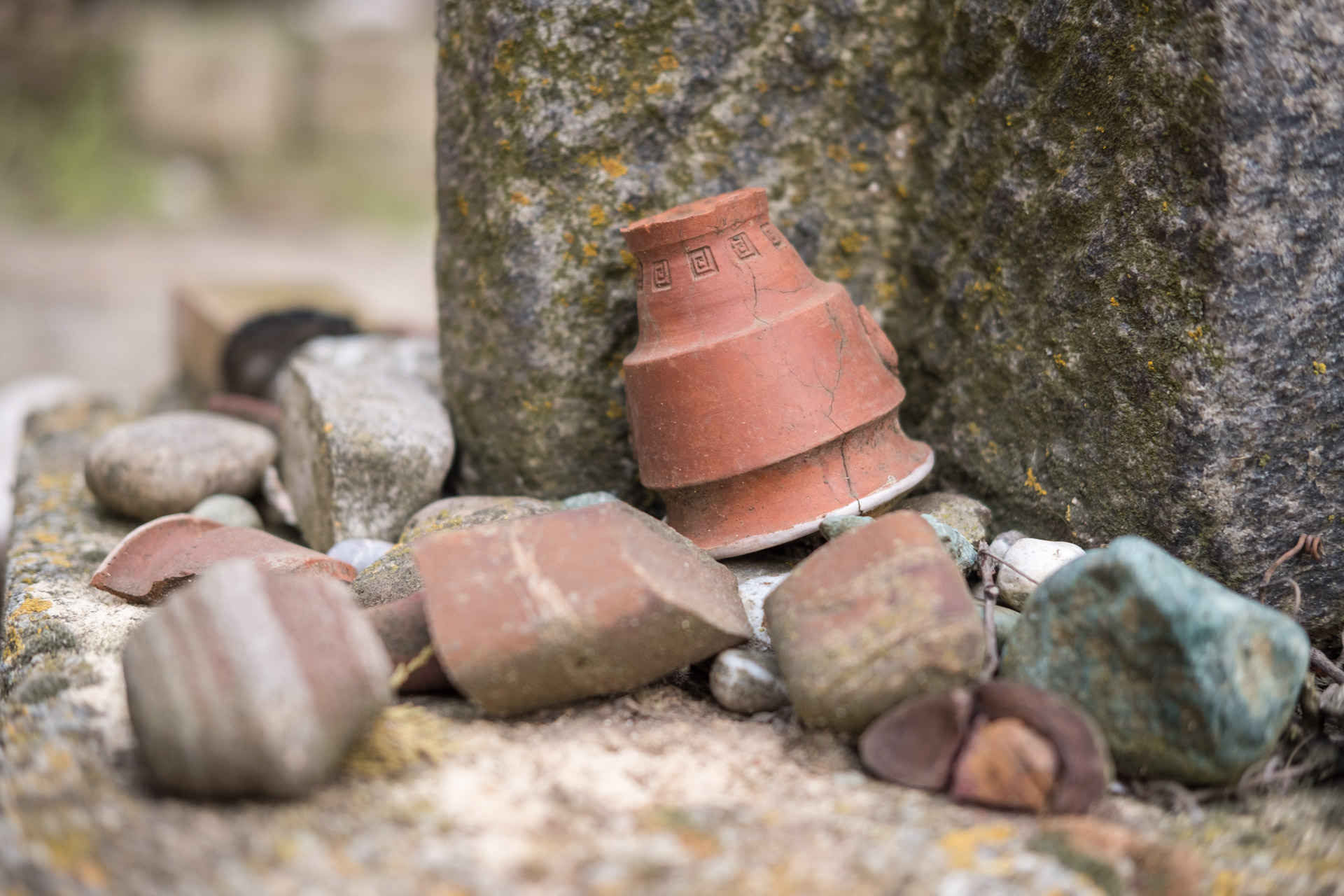
People of Miletus founded the city-state in the sixth century BC, and the first public document, a decree, appeared in the fifth century BC. Around this time, people started thinking about the power that later was in the hands of the slaveholders. Slaves were sold in the same way as bread, poultry, fish, or wool.
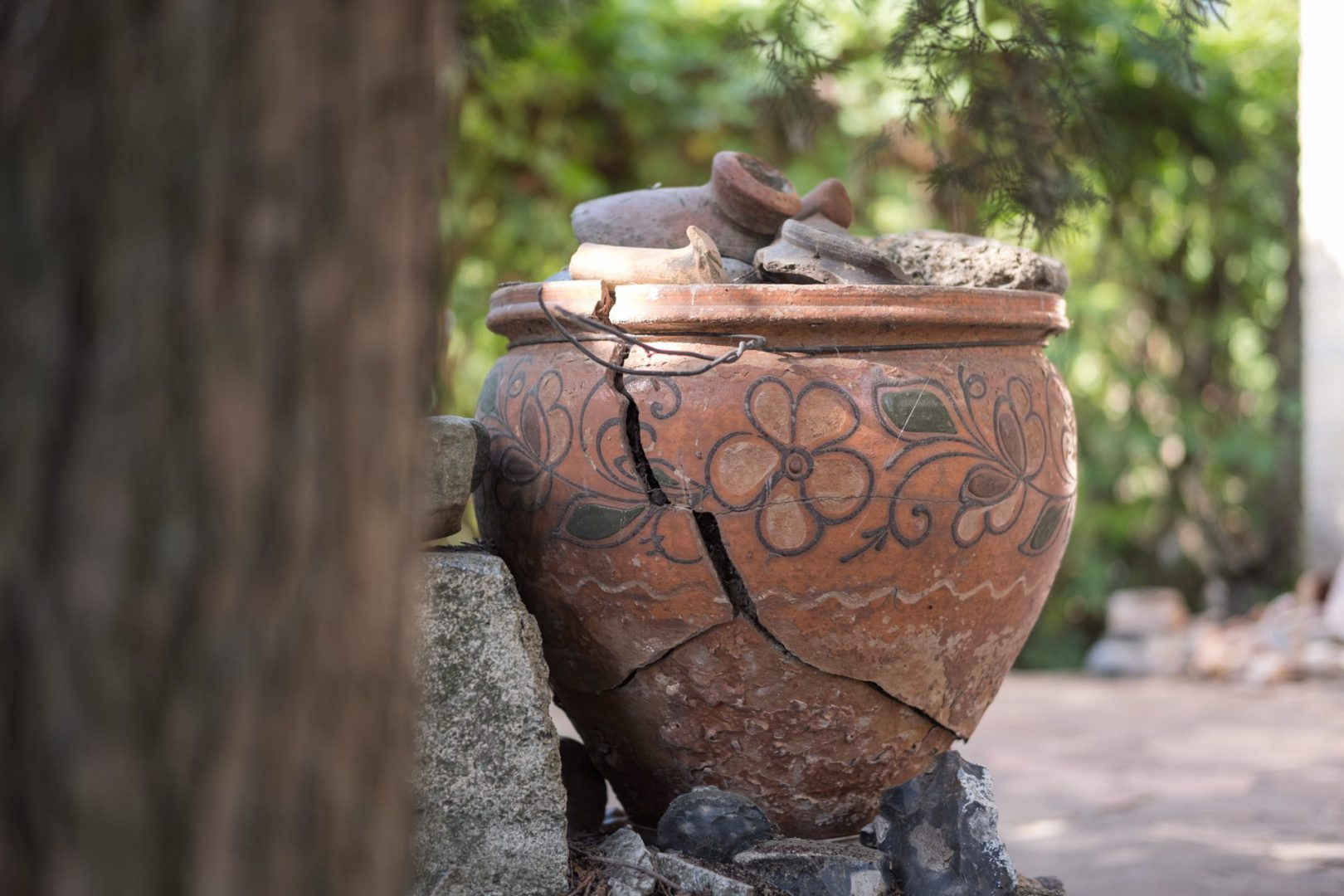
There were also a lot of masons, potters, and woodcarvers who sold their goods in other Greek city-states and bought different products instead, like wine, oil, jewelry, and art.
Through trade, Olbia developed close relations with other big cities, such as Athens and Corinth. It also helped the city to become a member of the Delian League. Olbia even had its own brass, silver, and gold coins in the shape of a dolphin.
Herodotus, the ancient Greek historian, visited Olbia in the fifth century BC, proving the great historical significance of the city.
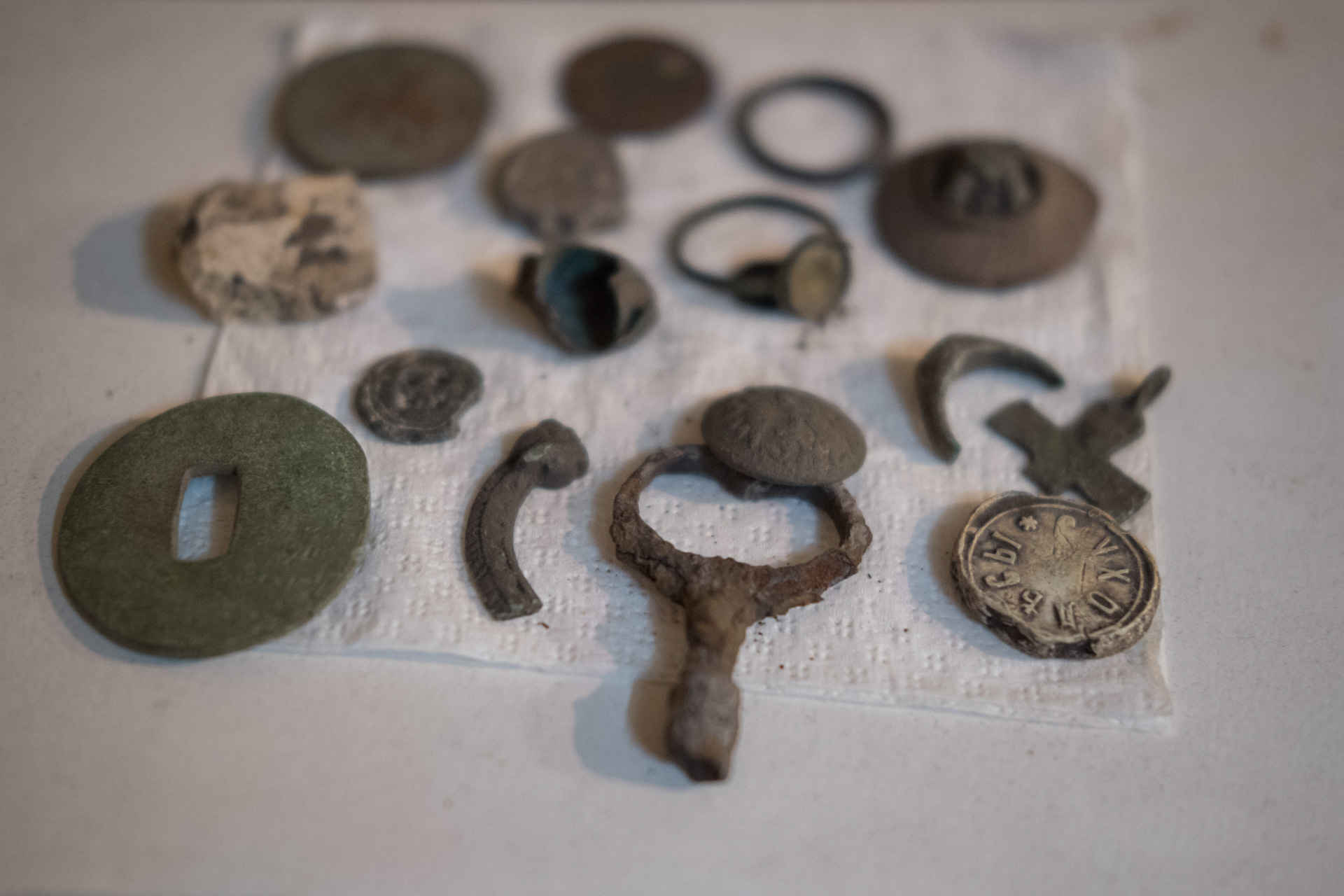
In general, many wanted to conquer Olbia. Zopyrion, who was a Macedonian general, attacked the city in the third century BC. The Getae occupied and destroyed it in 48 BC, and later the Scythians controlled the area.
In the second century, Olbia asked the Roman army to build a citadel there. At those times, though there was only a small Roman army in Olbia, the Roman Empire was huge, strong, and powerful. The army offered protection to Olbia citizens from even the strongest barbarians. Unfortunately, it couldn’t last forever, and in the third century the Romans left the city due to internal problems. Within a short time, the Getae destroyed the citadel, and Olbia completely disappeared from the world maps in the fifth century.
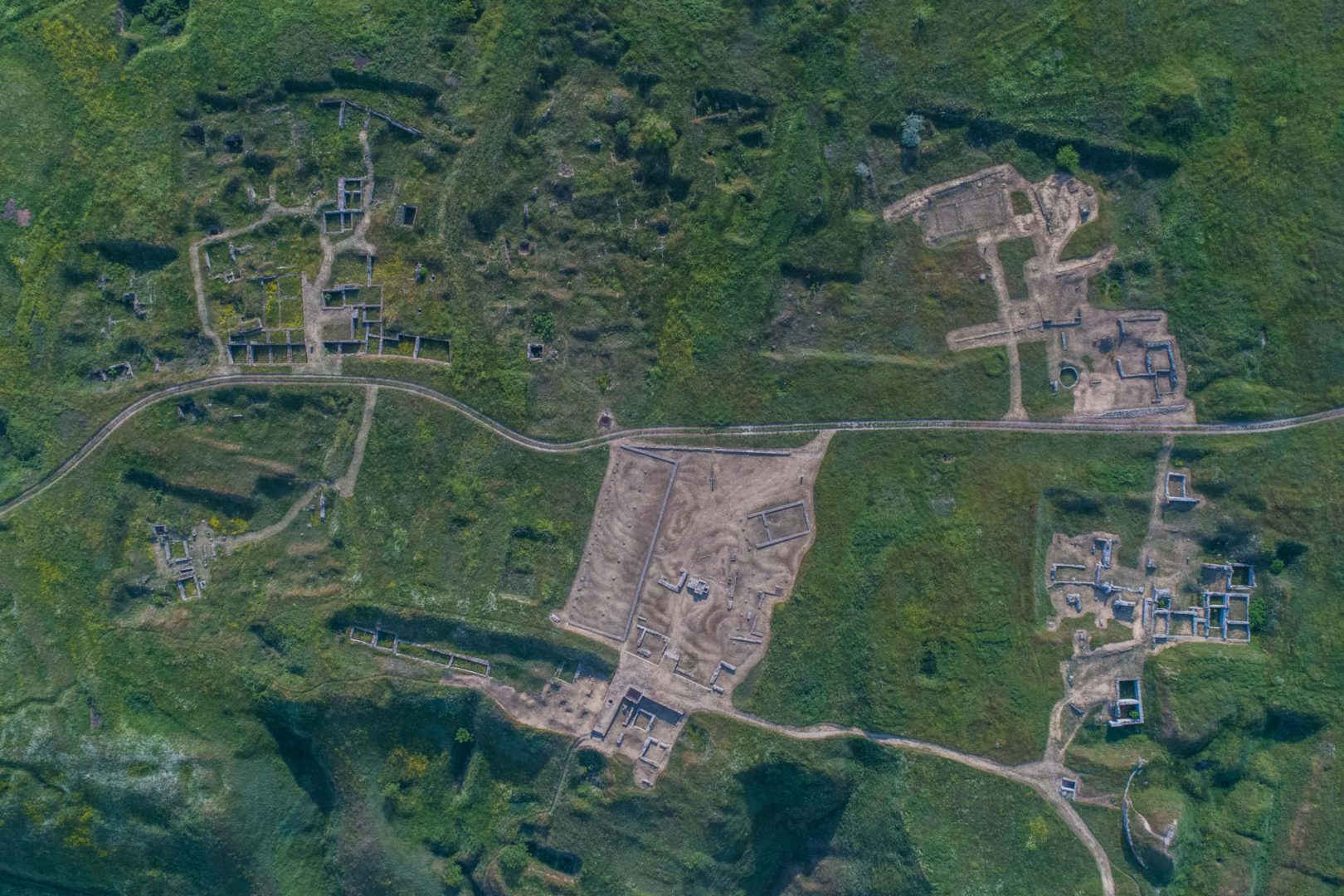
Ancient city
After the decline of Olbia, the territory wasn’t settled for 14 centuries. Its buildings served as the material for future buildings. For example, the Ottomans made their stronghold from the ancient stone. Other local people also used that material for building or repairing their new houses up to the 19th century. It was profitable and economical.
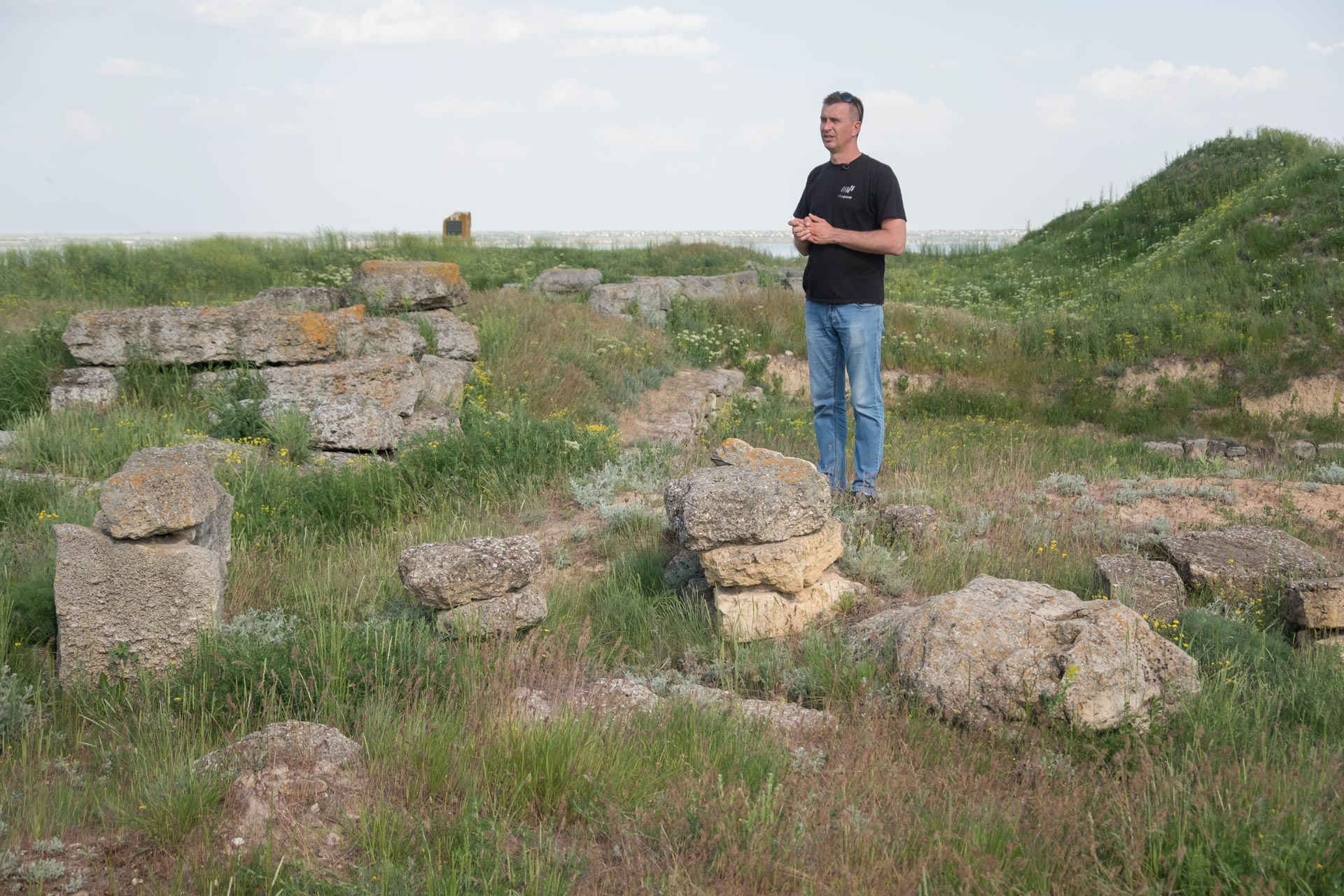
Try to imagine a city where all the roads and squares are made of flagstones, where the monuments look so realistic that you can notice them breathing. To understand the pedantry of the ancient city’s atmosphere, it is worth mentioning that Olbia was designed by the Greek architect and urban planner Hippodamus, who also designed Alexandria.
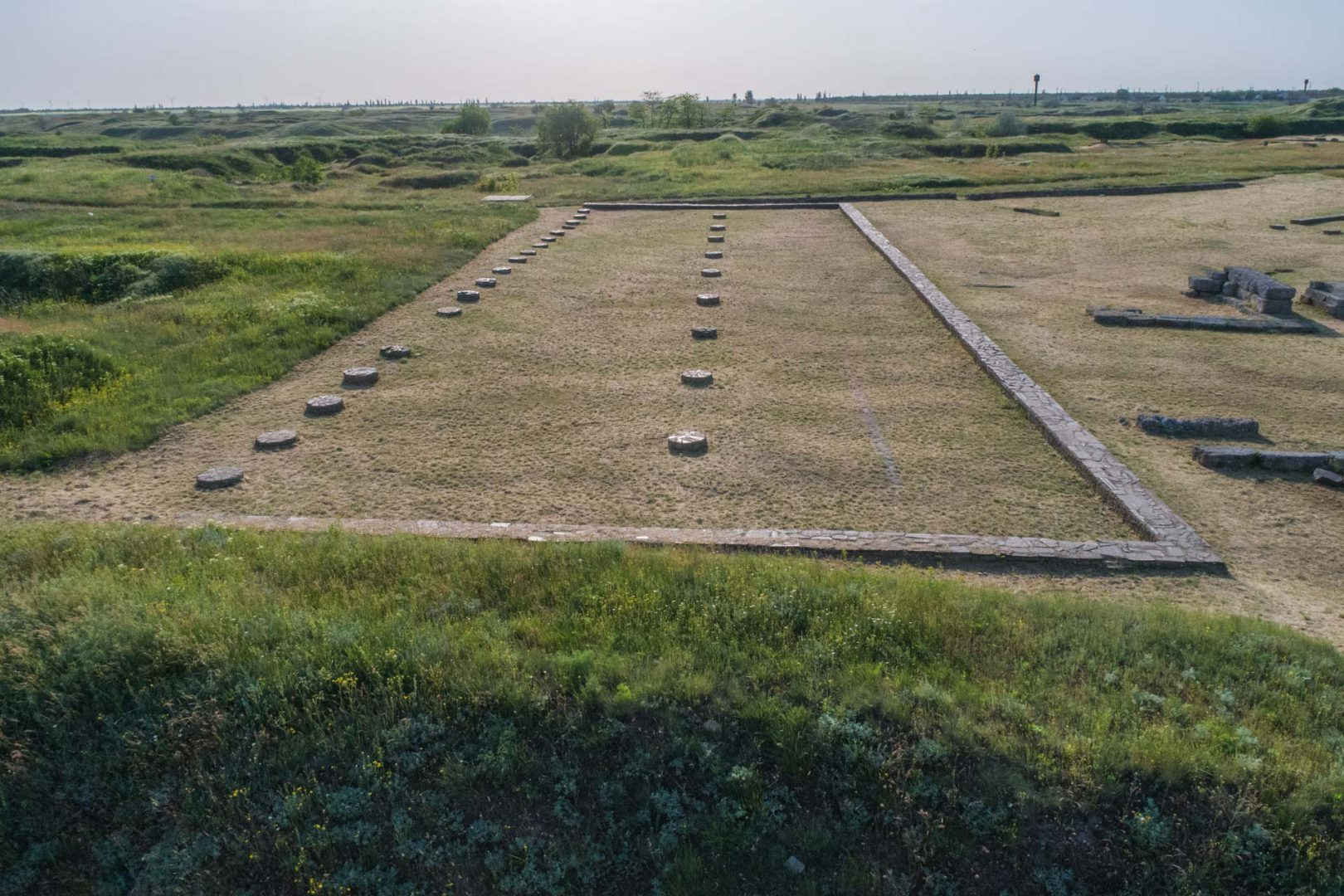
The main square, the agora, was in the centre of the city. Diverse people gathered here, selling interesting things and even worshipping. This area was also connected with the main streets, where there were schools, shops, a theater, and a court.
A temenos, a piece of land dedicated to a god, was located near the agora. Local people treated holy places with respect and honour. During a raid, people from Olbia took apart the Temple of Zeus piece by piece to not allow the enemies to destroy it.
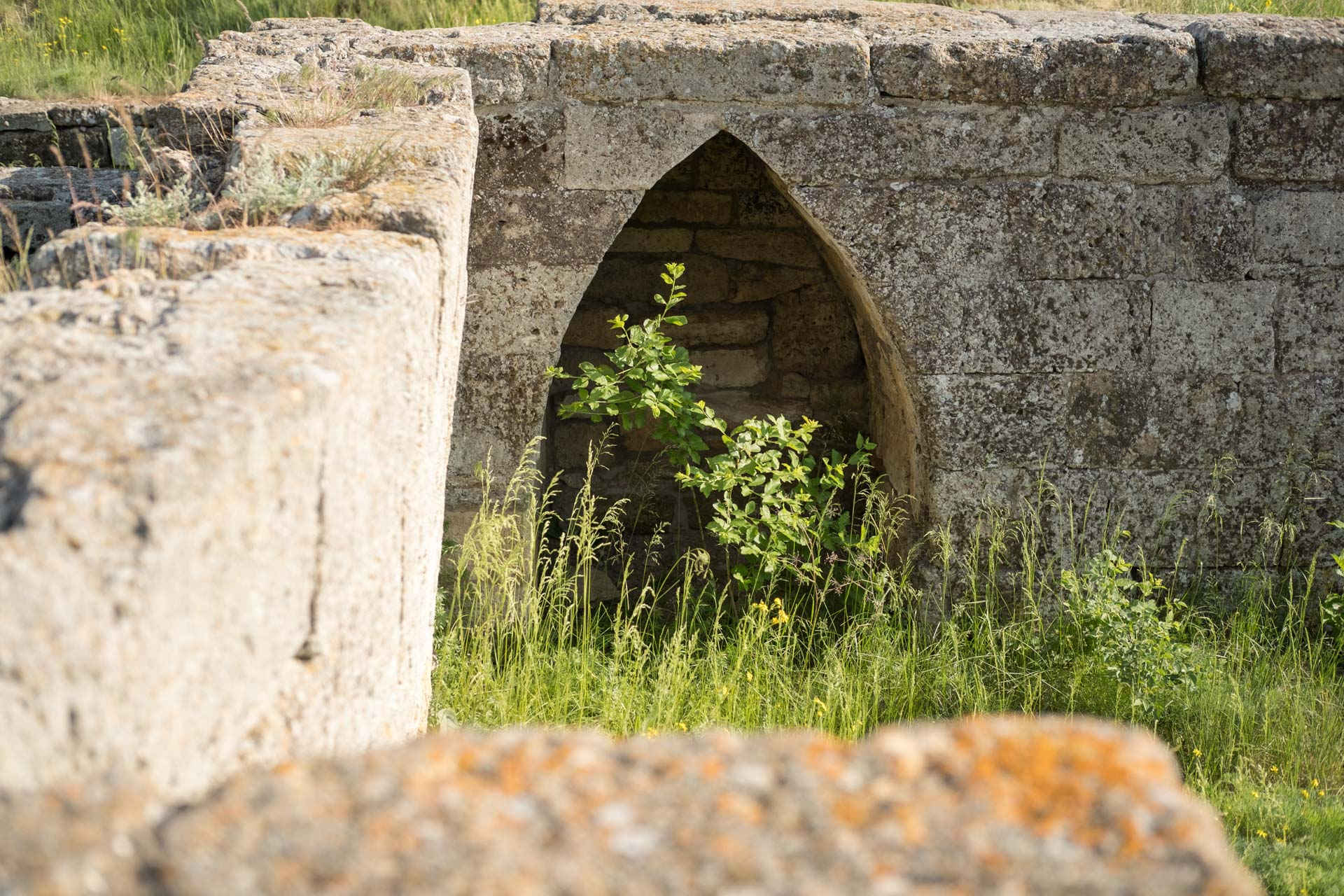
The most precious cultural monument in the city was the central altar. The locals covered it with soil to save it from the barbarians. Thanks to those thought-out actions, we can visit and enjoy Olbia’s cultural places today.
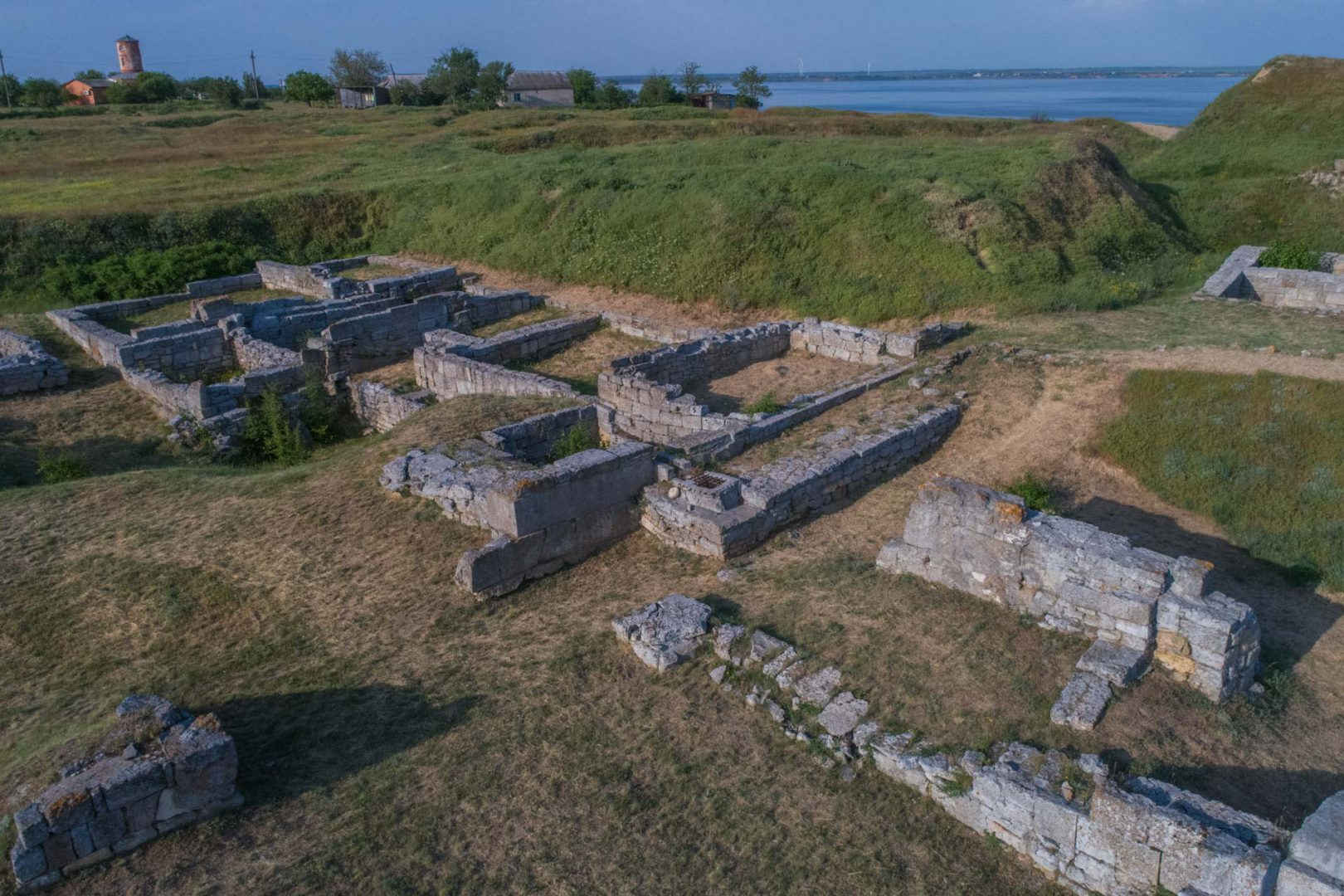
Olbia was divided into quarters with ten yards in each of them. The streets were straight and perpendicular to each other. All the buildings and houses were made of stone, and the roofs were made of tile. There were also sewerage trenches between the quarters that led beyond the city so children didn’t play near the sewer.
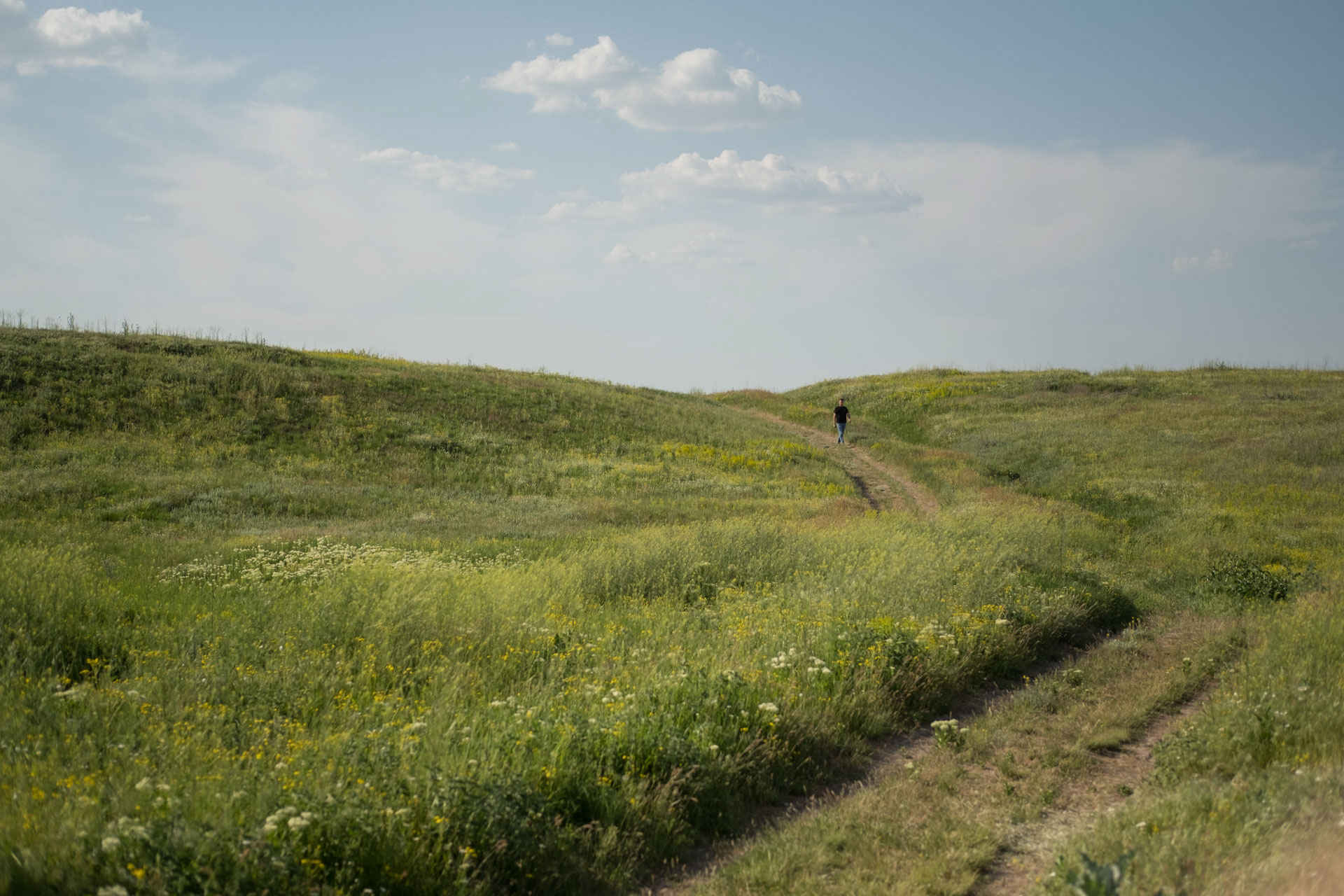
There were a lot of watchtowers and strong walls around the city. One legend says that one local merchant, Protogenes, gave money to build the walls while the locals dedicated a monument to his memory in return. However, there was one disadvantage of those walls, as they didn’t give any chance to expand the crowded city.
Every house in the south of the city was a kind of stronghold. There was a large harbour, and when the water level increased, the houses were slowly destroyed. To avoid that, the locals had to build strong buildings to live in.
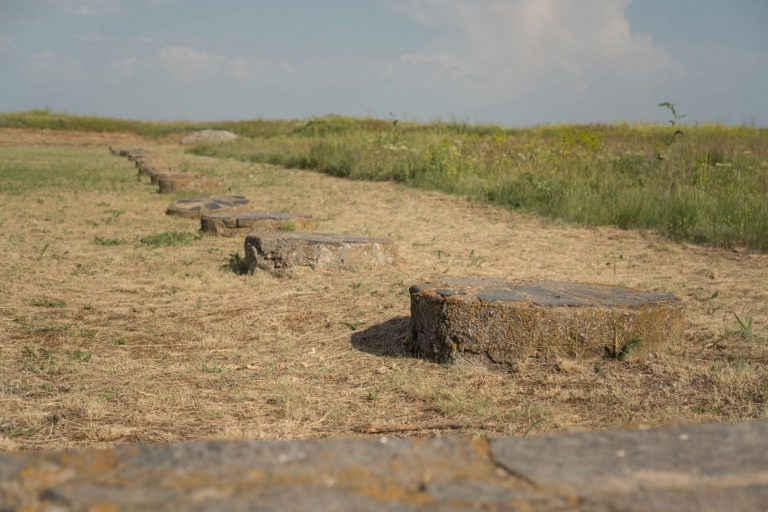
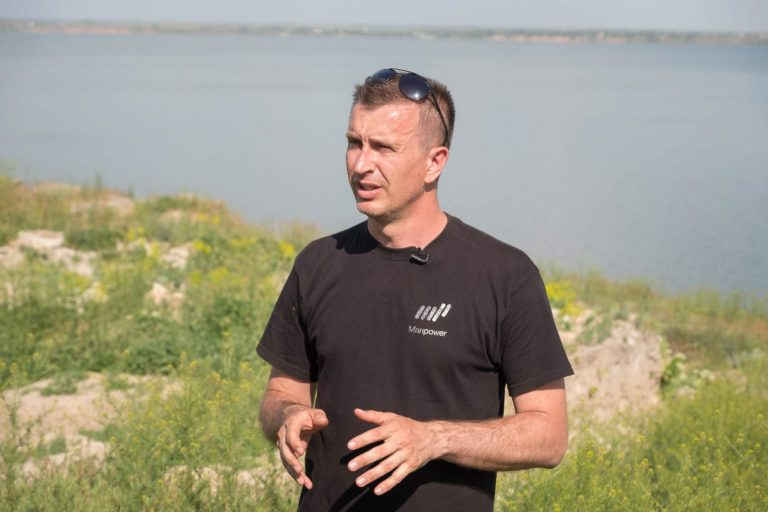
slideshow
Unfortunately, nature has its laws that we can’t control. Due to increased water level, the south part of the city was flooded. To conduct excavations, a dam needs to be made so the area can be drained. Serhiy says this is almost impossible and sounds like utopia. He also notes a special feature of this southernmost part of Olbia — the life of the city began here in the sixth century BC, and it ended here in the fourth century AD.
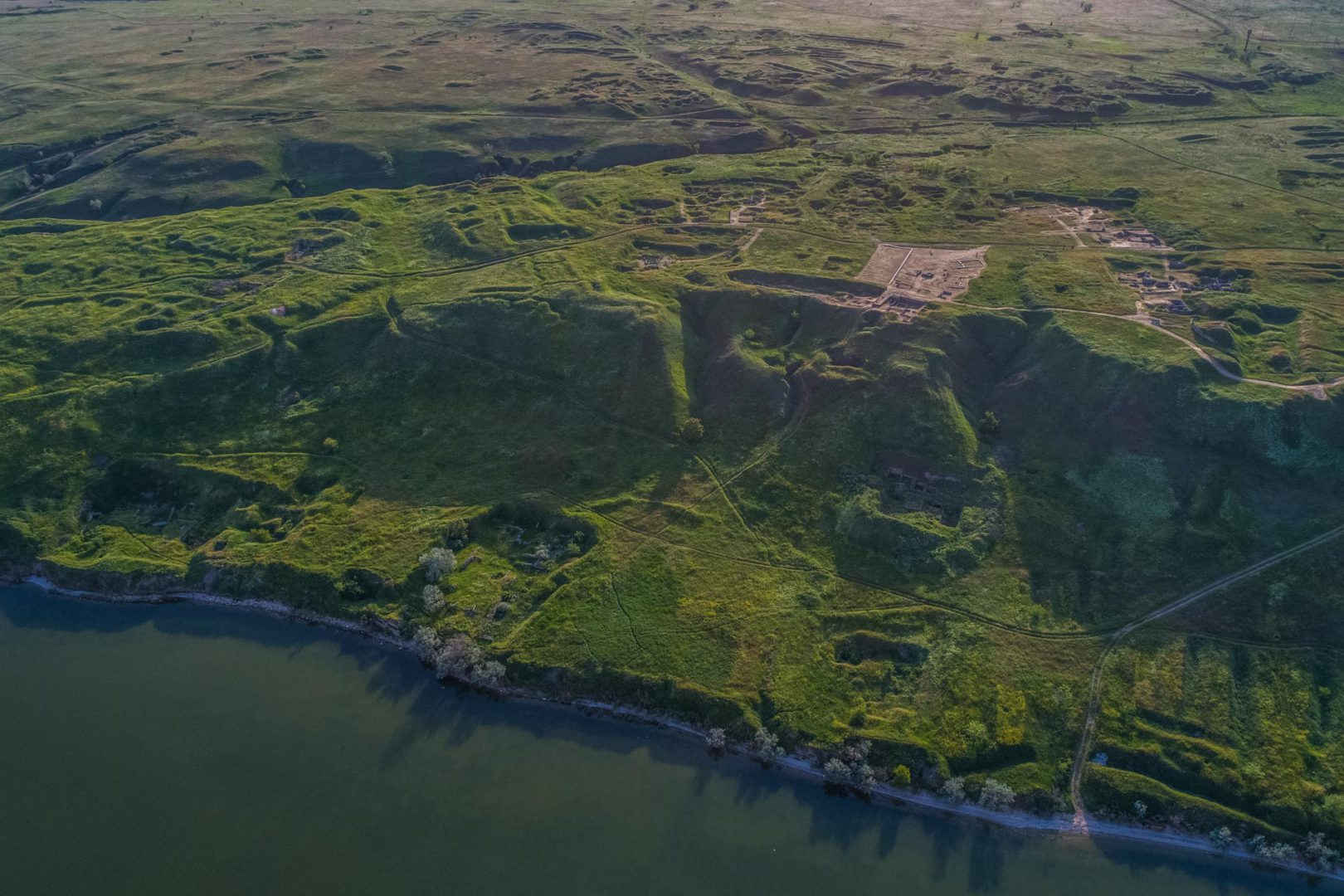
Tourism
Almost 10,000 people visit Olbia in a year. Its popularity grows all the time. A few years ago, it wasn’t famous as a tourist place. It sounds really sad but Olbia was only a subject for scientific research. However, nowadays the preserve workers do their best to attract people to the city as a historic place. It is also profitable for them, as tourists bring in good money that later can be put into excavations and science research.
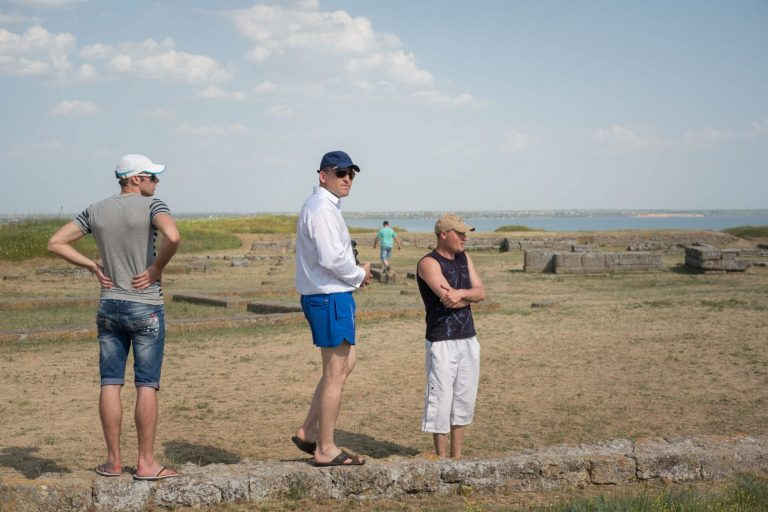
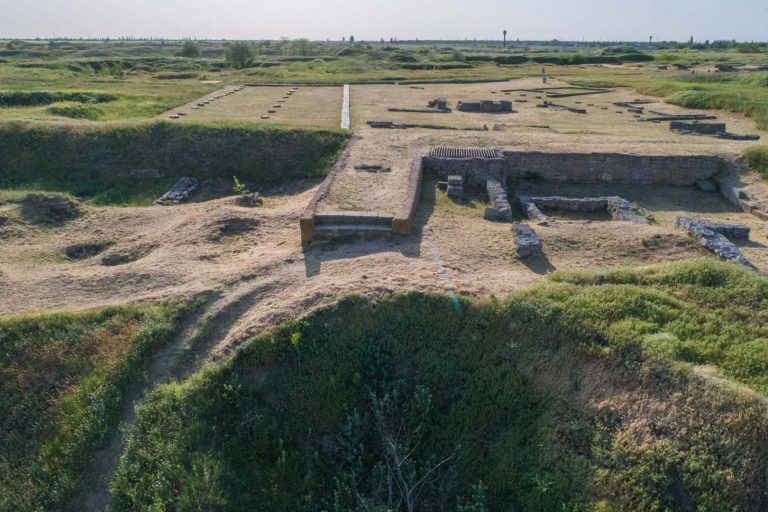
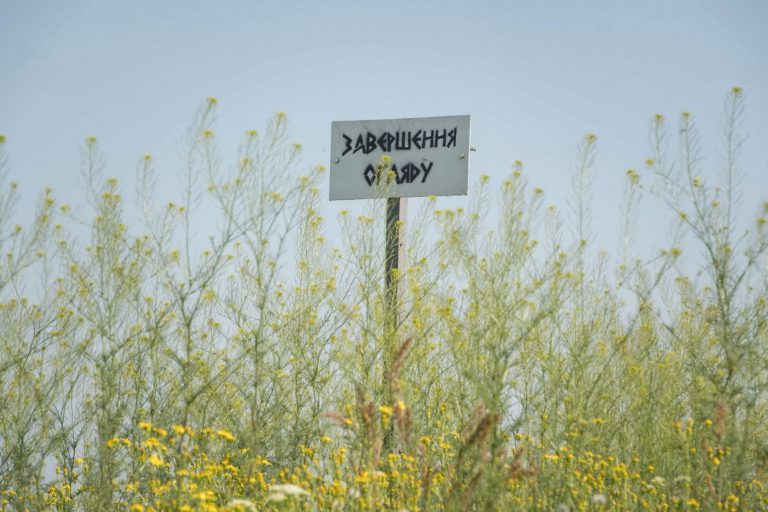
slideshow
Serhiy hopes the government will help to promote Olbia. Not every district can be proud of having the remains of ancient Greece on its territory. One time, tourists from Greece visited ancient Olbia, and they were really excited to see part of their homeland in Ukraine.
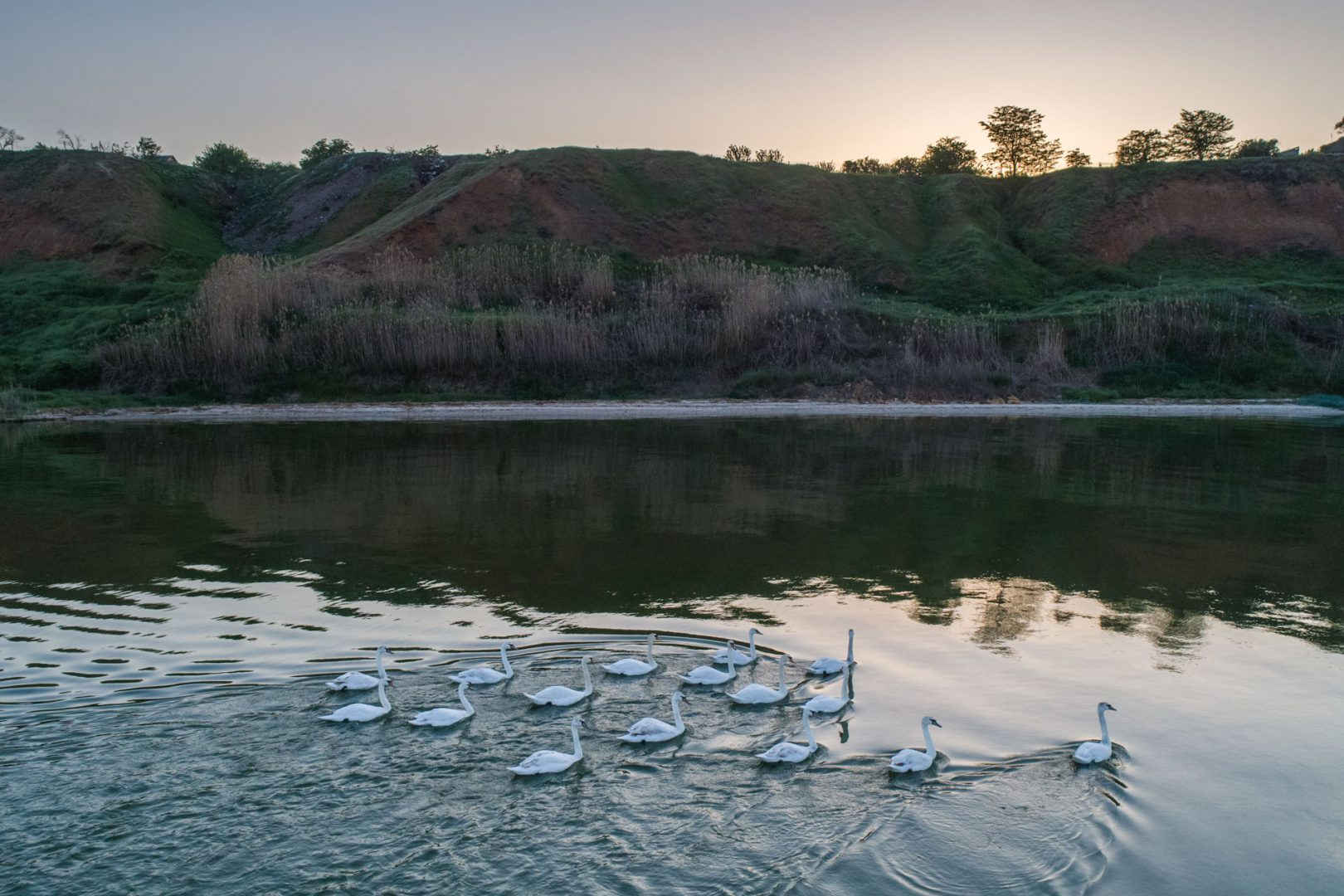
— It’s better to visit Olbia in spring when everything gets green and bright. You can stand in the middle of some steppe and experience all the aromas of the flowers. You can breath slowly but deeply and enjoy the beautiful part of our nature.

